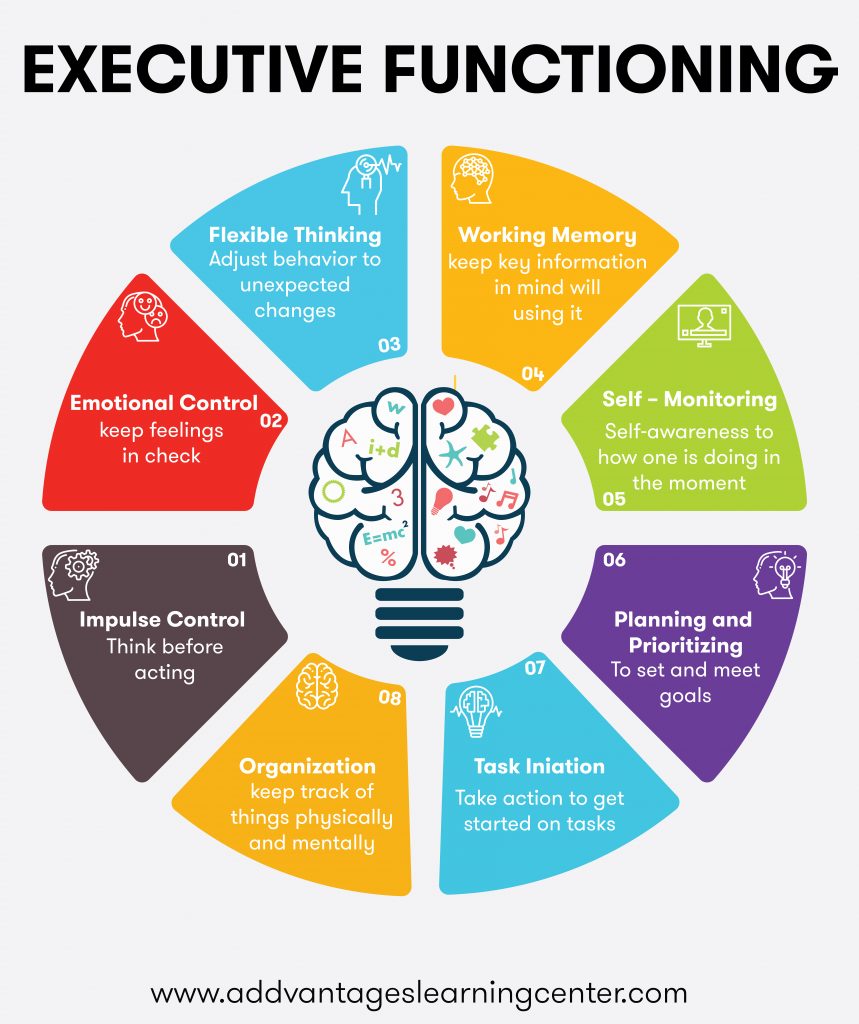
I have recently come to terms with my diagnosis of ADHD from several years ago. I tend to think of my executive function issues as a combination of autism (self-diagnosed) and depression (professionally diagnosed), but either way, executive dysfunction is a big problem in my life and something I cope with every day.
Part of the problem is I have never found an ADHD medication that works. Therefore, my life consists of many mini-systems that keep me on track. In this post, I will detail them for you. Feel free to adapt anything you like to your own life.
Points System
I have written about this before, but the Points System that I use is a very forgiving gamification system that I use to get things done. To sum it up, I get a certain number of points for each “productive” task that I do. (“Productive” is a very loose term here, and I give myself points for everything from making a phone call to doing witchcraft. It’s basically anything that keeps me out of bed and either mind- or body-active.) Once I reach my goal number of points, I am allowed to play video games– and consider myself done being “productive” for the day. If I don’t do my points, then I am not allowed to play video games, but I am always allowed to rest and take it easy if I need to.
I started off slow, giving myself video game time after only five points. I have slowly been building my attention span and spoons limit, and I am now up to 15 points a day!
Tiimo
Tiimo is a daily scheduling app I have been in an on-and-off relationship with. It’s designed for neurodivergent people (especially kids) and is a digital visual schedule. You input what you want your day to look like, and Tiimo keeps you on schedule with visual timers and notifications.
I find this helpful in particular to keep track of my work schedule, which is not as consistent as it used to be. With Tiimo, I know exactly when to start getting ready for work on a certain day.
My number one Tiimo tip is BE REALISTIC. Don’t load your schedule with your IDEAL day right off the bat– instead, make an average day. Include breaks and rests. If you want to make changes to your habits, make them slowly and steadily.
Another tip is to visually distinguish between which tasks are optional and which are non-negotiable. I use a red background if I absolutely MUST do something.
Bullet Journaling and Lists
Having a designated, analog place for lists has really helped me. That is my Bullet Journal, which I used to do in a Big Size Happy Planner– I have since switched back to regular a5 bound notebooks.
I use my Bullet Journal for Daily Logs, which include my Points System as well as symptom tracking and random thoughts, and then additional lists (known to Bullet Journalers as Collections) to keep track of other stuff: cleaning lists, word counts, special to-do lists, etc. Another key component is calendars, which I do in a traditional grid format rather than a Bullet Journal-style list. These all work together to keep me organized.
Think-Mode and Do-Mode
Something that I struggle with is switching between “modes,” especially think-mode and do-mode. (I just coined those right now!) When I am cleaning, for example, it is very hard for me to take a step back from do-mode and make a think-mode decision about what needs to get done next. To accommodate for that, I sit and plan out “tiny to-do lists” with every step that needs to get done. These often go in my Bullet Journal. Then I switch to do-mode and actually accomplish the tasks.
Long-form Journaling
Long-form journaling, in a separate notebook from my Bullet Journal, is how I collect myself and also problem-solve. Rather than recording what happens to me, I plan my next steps. Many morning entries begin “What am I going to do today?”
Messaging My Friends
Often when I am out and about or at work, I don’t have my journals and can’t take the time to write. Instead, I quickly text my friends/partners (and they do the same!) when I am working out what needs to be done next. Sometimes they have input, but often they just listen!
Taking a Purposeful Break
Taking a break isn’t always 15 minutes. Luckily, I have a job where I can sit at my desk and collect myself for a few minutes when I am switching tasks. I also have a notebook at work for scribbles.
Three-Point Item Check
This is something I developed as a habit when I was younger– when I’m out of the house, I check my pockets for my phone, wallet, and keys, preventing me from misplacing them and then not remembering where I put them.
These are some of the habits I have developed to corral my ADHD. If you have any input or try any of my ideas, let me know in the comments!

